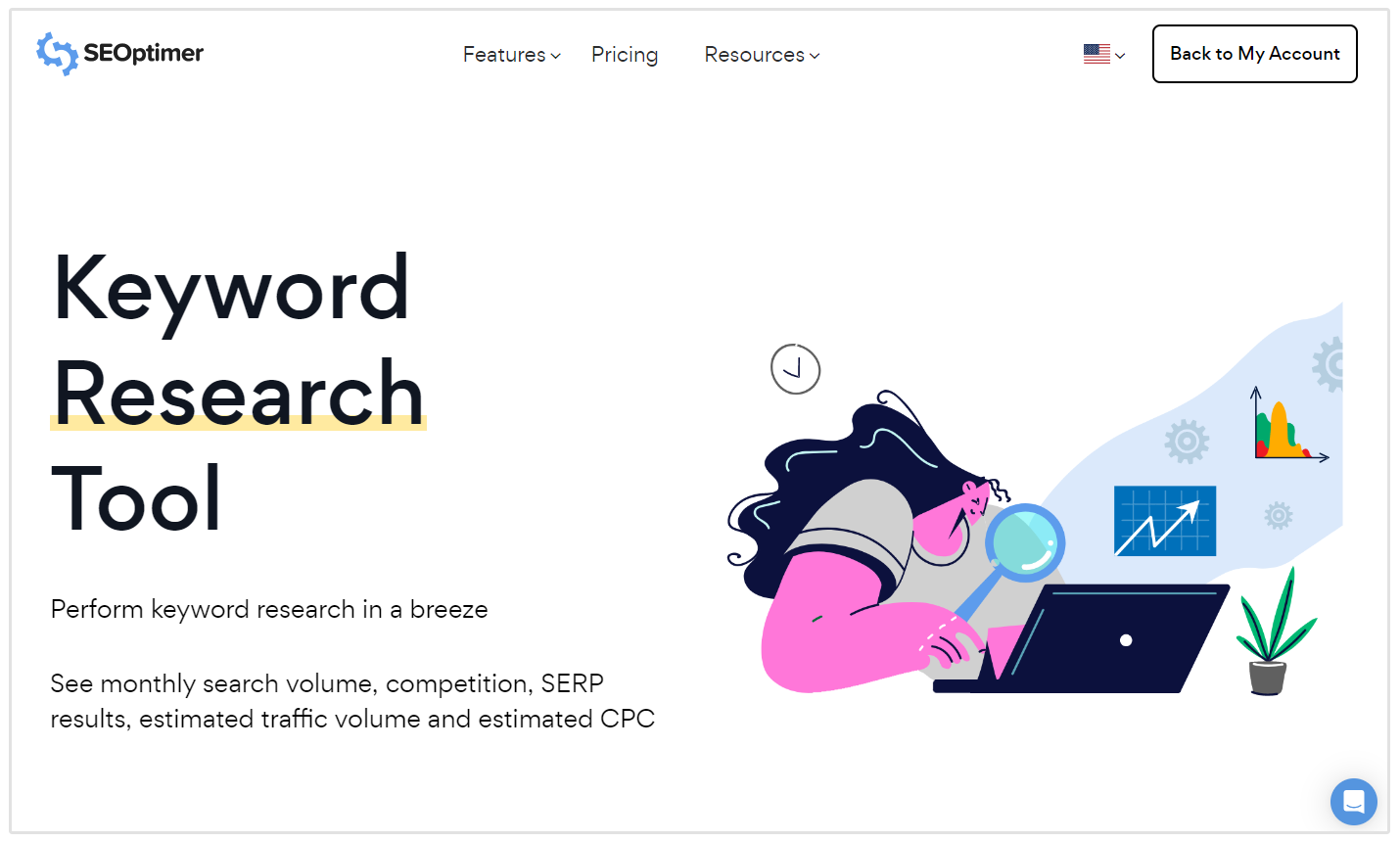Grasping Secondary Dimensions in Google Analytics: Their Value and Reliable Use
Grasping Secondary Dimensions in Google Analytics: Their Value and Reliable Use
Blog Article
Optimizing Your Data Analysis With Secondary Dimension in Google Analytics for Informed Decision-Making
In the world of digital analytics, the capacity to extract significant understandings from data is vital for making educated decisions that drive service success. Google Analytics, an effective device in the hands of digital marketing experts and analysts, provides an attribute referred to as Secondary Measurement. This often-underutilized feature has the potential to uncover a wide range of information that can supply a much deeper understanding of user habits and web site efficiency. By using the abilities of Second Dimension, customers can obtain a more detailed sight of their data, allowing them to make strategic choices based on a much more nuanced and detailed evaluation.
Recognizing Additional Dimension Performance
Understanding the secondary measurement capability in Google Analytics improves the depth of data analysis by providing added context to key metrics. By including a second measurement, experts can sector and compare data, acquiring insights that would otherwise continue to be hidden. This feature allows individuals to view data through various lenses, such as the resource of website traffic, user habits, or geographic location, offering a more thorough understanding of internet site performance.
When looking solely at main metrics,Making use of secondary measurements can disclose patterns and correlations that may not be noticeable. Combining the key metric of page views with an additional measurement like tool category can discover whether particular devices drive more web traffic to details web pages. This information can then educate website optimization techniques customized to various device individuals.
Implementing Additional Measurement in Records
Building upon the insights gotten through second dimension evaluation, integrating these measurements effectively into reports in Google Analytics is important for drawing out actionable data-driven decisions. what is a secondary dimension in google analytics. By carrying out second measurements in records, customers can dig much deeper right into the efficiency metrics of their internet site or application. This attribute allows for a more thorough evaluation by providing additional context to the primary dimension chosen
To execute an additional measurement in reports, simply navigate to the preferred report in Google Analytics and click the "Second measurement" tab situated above the data table. From there, users can select from a wide variety of additional dimensions such as 'Source/Medium', 'Tool Group', or 'Touchdown Web page'. Choosing one of the most pertinent additional dimension will certainly rely on the certain insights you are seeking to uncover.
Making use of additional dimensions in records not only enhances the depth of analysis but additionally aids in identifying fads, patterns, and relationships that may have otherwise gone undetected. This tactical approach to information interpretation makes it possible for organizations to make educated decisions that drive growth and success.

Studying Information With Secondary Measurements
Upon incorporating second dimensions right into information analysis within Google Analytics, an in-depth evaluation of key efficiency indicators can be accomplished, offering valuable insights for critical decision-making. By using second dimensions, experts can better explore their primary data measurements, such as website traffic resources or individual demographics, to discover patterns or trends that might not be right away evident. This deeper level of evaluation permits an extra comprehensive understanding of customer actions and communications on a web site or digital platform.
Analyzing information with additional dimensions makes it possible for online marketers and website proprietors to respond to more details inquiries regarding their audience, material performance, and marketing efforts. By integrating the primary dimension of web traffic sources with an additional dimension like geographical location, organizations can determine which regions drive the most valuable website traffic to their site. This sort of granular understanding can notify advertising techniques, material development, and website optimization efforts to much better satisfy the needs and choices of their target market.
Leveraging Secondary Measurements for Insights
By integrating second measurements successfully, experts can extract deeper understandings from information embed in Google Analytics, improving the understanding of user habits and efficiency metrics. Leveraging additional measurements involves incorporating various characteristics or metrics with main data to discover patterns and fads that might not appear in the beginning look. As an example, by adding an additional measurement such as 'Tool Category' to a report on site web traffic, experts can recognize whether customer behavior varies across different gadgets like desktop computers, smart phones, or tablets.
In addition, using additional dimensions enables experts to segment information more granularly, allowing them to recognize particular target market segments or geographic locations that display distinct behaviors. what is a secondary dimension in google analytics. This segmentation can be critical in tailoring advertising techniques, enhancing site content, or improving user experience based upon the one-of-a-kind features of each sector
Fundamentally, leveraging additional dimensions in Google Analytics encourages experts to dive much deeper right into data, derive meaningful understandings, and make educated choices that drive service development and success.
Enhancing Decision-Making Via Second Measurements
Using second measurements in data evaluation supplies a calculated benefit by revealing actionable insights that drive educated decision-making in Google Analytics. By improving decision-making through second measurements, individuals can dig deeper right into their data to extract beneficial details that might not my explanation be immediately noticeable. These additional dimensions offer an even more thorough view of user habits, communications, and outcomes, making it possible for analysts to make even more educated choices based on concrete data.
With the use of secondary measurements, analysts can section and filter information to determine patterns, fads, and connections that might influence decision-making processes. This boosted level of granularity permits an extra targeted method to analyzing data, bring about more insightful and exact final thoughts.
In addition, additional dimensions give the chance to contrast different information factors side by side, facilitating a much more complete examination of performance metrics and KPIs. By leveraging second measurements efficiently, businesses can enhance their strategies, boost individual experiences, and inevitably accomplish their objectives with confidence.
Final Thought

Building upon the understandings gained with second dimension analysis, including these dimensions efficiently right into reports in check this site out Google Analytics is crucial for drawing out workable data-driven choices.To implement a secondary dimension in records, merely browse to the desired report in Google Analytics and click on the "Additional measurement" tab situated over the information table. By utilizing additional measurements, experts can better dissect their primary data dimensions, such as web traffic resources or customer demographics, to uncover patterns or patterns that might not be instantly evident. By combining the main measurement of website traffic sources with a second dimension like geographical area, organizations can recognize which regions drive the most beneficial traffic to their site.By integrating additional dimensions successfully, analysts can draw out deeper insights from data collections in Google Analytics, boosting the understanding of user behavior and efficiency metrics.
Report this page